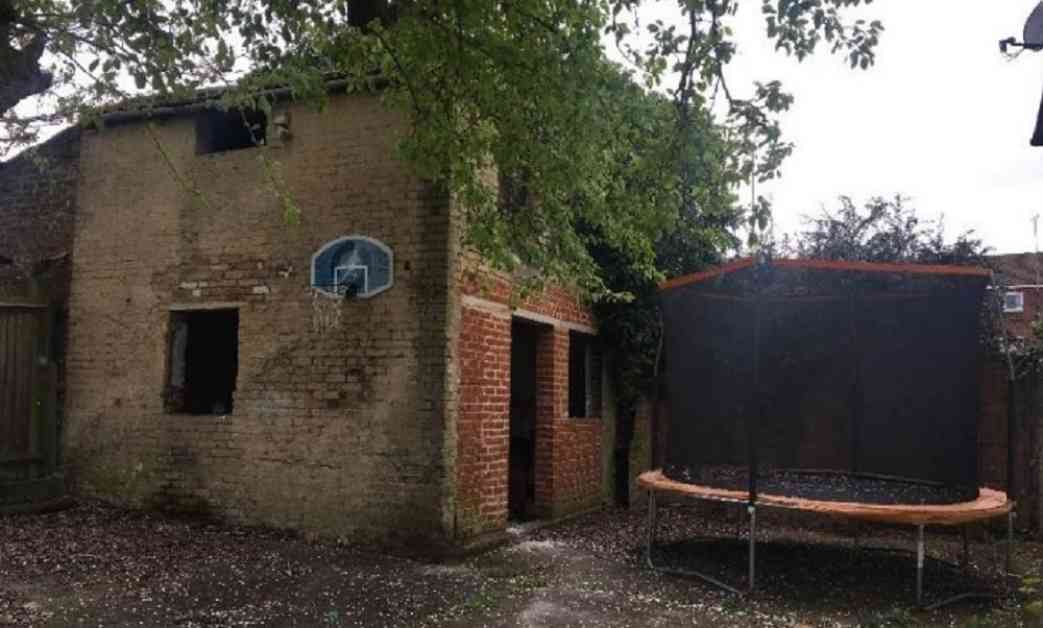Controversy Surrounds Approval of New Garden Home in Woolwich Neighborhood
In a heated debate at a recent Greenwich council meeting, plans to construct a new home in the garden of a Victorian house in Woolwich have sparked controversy among neighbors and local officials. Despite concerns raised about ownership of the land in question, the scheme was ultimately approved, leading to accusations of a “land grab” by the applicant.
The proposed project involves extending a coach house on the site of a 19th-century semi-detached house to create a one-bedroom flat. The new home would feature a double bedroom, living room, and entrance facing Maryon Grove at the back of the property. The main Victorian house currently houses three flats, with the applicant reportedly owning the bottom flat.
Originally considered at a planning meeting earlier this year, the decision on the proposal was deferred to allow for the acquisition of land registry documents. Neighbors raised concerns about the applicant’s claim of sole ownership of the site, prompting further scrutiny before the scheme was brought back for discussion at the recent planning meeting.
Neighbors Express Concerns Over Land Ownership and Encroachment
Folake Olaitan, a tenant in one of the flats within the main Victorian house, spoke on behalf of her landlord, who claimed ownership of the top flat since 1986. She highlighted that the lease for the property divided the building and back garden proportionally among the three freeholders, with the proposed extension encroaching on her portion of the site. Olaitan described the scheme as a “stealthy land grab” that would impact her rights as a leaseholder.
During a site visit, Labour councillor Gary Dillon noted the presence of fly-tipped items and described the garden as “shabby.” In response, Olaitan explained that previous tenants of the applicant’s flat had contributed to the state of the garden by dumping items. She expressed frustration at having to personally clear the garden twice without any assistance from the applicant.
Conflicting Accounts and Controversial Approval
Councillor Dillon recounted a visit to the property where the applicant allegedly misled him about land ownership. Rachel Laurent, a neighbor living in the adjacent house, voiced skepticism about the project based on past interactions with the applicant. She warned of a potential conflict if consultation with other residents was not pursued, predicting a contentious battle over the development.
Despite concerns raised by residents and officials, the proposal was approved by a majority vote, with one councillor abstaining. Councillor Calum O’Byrne Mulligan criticized the applicant’s conduct as “mind-blowing” but acknowledged the committee’s obligation to consider the planning merits of the scheme. The approval raised questions about the effectiveness of the planning system in addressing disputes over land ownership and development rights.
Peter Swain, a designer representing the applicant, emphasized the need for agreement among all owners before proceeding with construction. He highlighted the common practice of obtaining planning permission to build on others’ land and underscored the civil nature of resolving disputes between property owners. The approval underscored the challenges faced in navigating complex property rights issues within the planning process.
As the controversy surrounding the approval of the new garden home in Woolwich continues to unfold, residents and officials grapple with the implications of the decision on property rights and community cohesion. The conflicting accounts of ownership and the contentious approval process underscore the need for transparency, communication, and collaboration in addressing development projects in residential neighborhoods.












